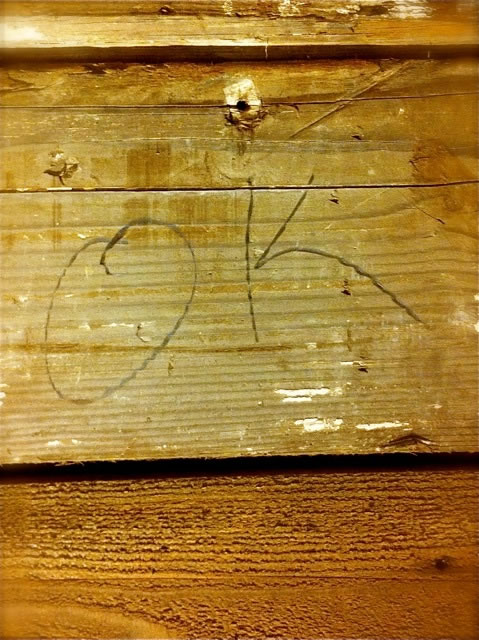
The notes of time,
presented as a script to presence
Are you here, awake, reading the runes on the wall, cast before you?
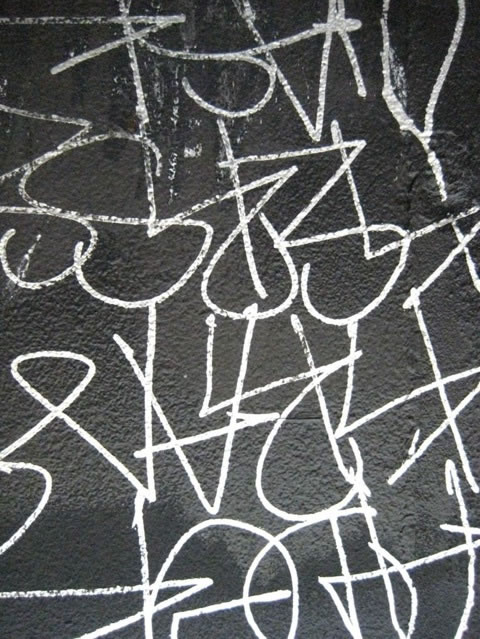
When you look at the walls,
what language,
what telling,
what stories
are told to you?
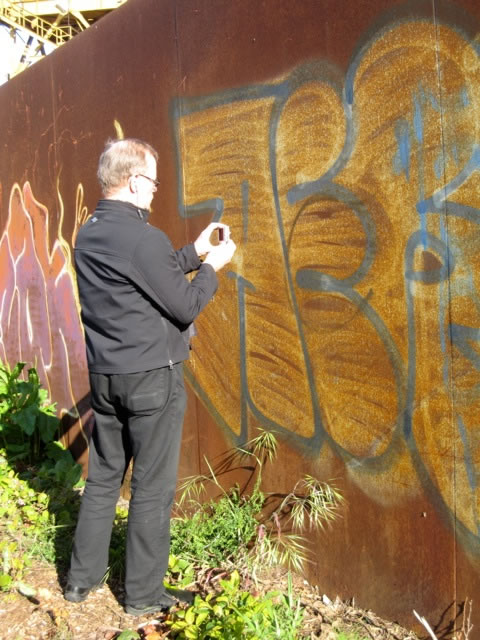
I was thinking about the end of the world, as we know it, or have known it — [and look, here we are, the “next age”] — the movements in time, from one “age” to another. I wonder about the timelessness [and the timeliness] of things, of movements, of patterning from one “age” to the next.
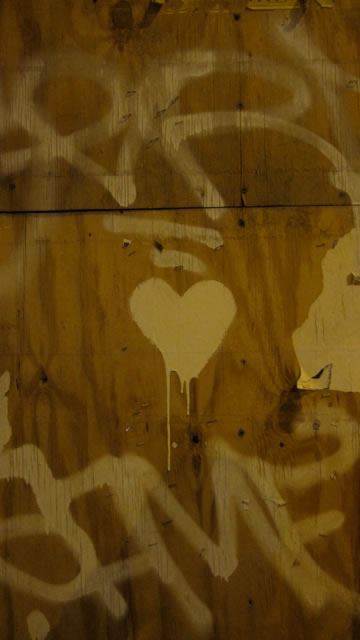
And now, through that, we enter another framing of time.
And, hopefully, apply what we’ve learned: time in, time out
passed time,
now time,
future time.
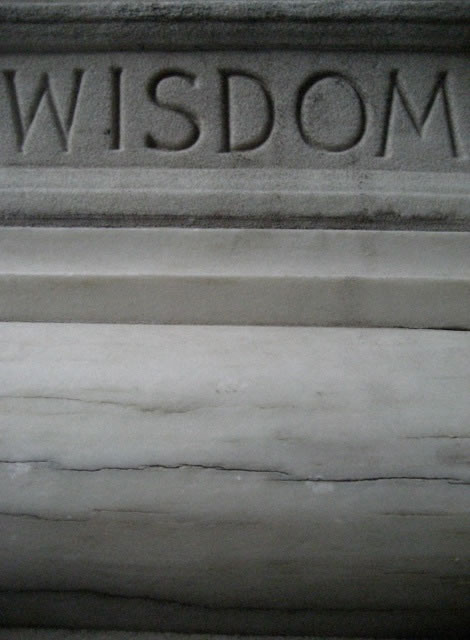
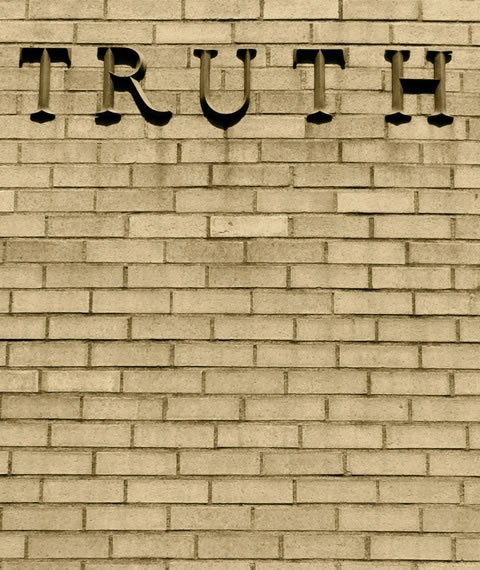
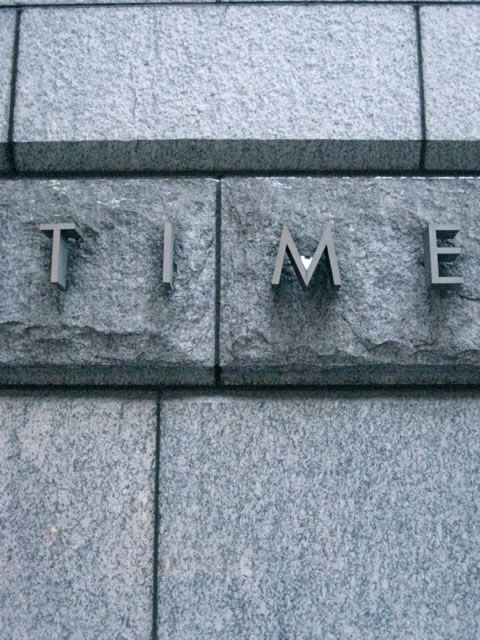
To time, what’s “old?”
What’s really
“new?”

Still — being out there, exploring, I see time in varying ways.
My wanderings south in the great staircase of Escalante, Utah, the great Staircase wilderness, where the stair-stepping of time is shown clearly in the lines of strata from the beginnings of time to the last 5,000 years. Being there, is extraordinarily extraplanetary.
It’s another, more ancient yet newly seen, earth.
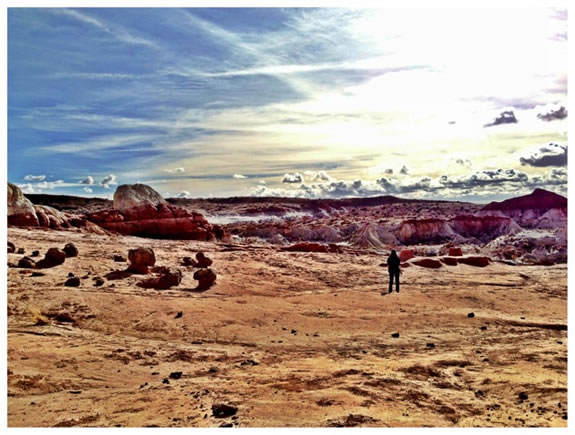
There, in one distant glimmer, you can see the historical, geological layering —
from the beginnings to the now, the ages of the earth.
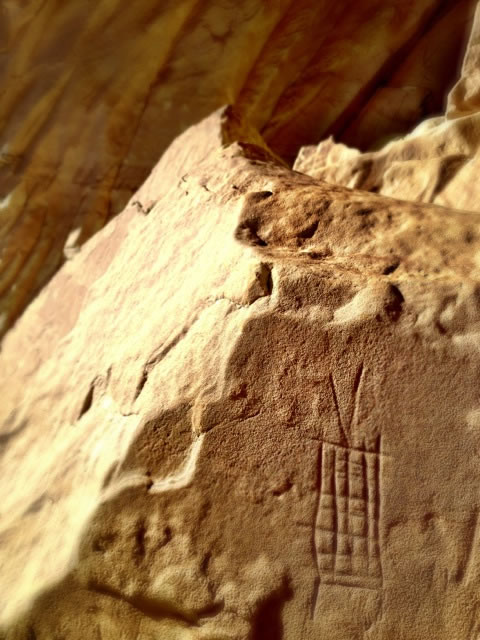
Sometimes I’ve been told — “read the writing on the wall.” I know, actually, that all the writing is there to be read, all the time, anyway. There are clues that are shown — cracks, scratches, strokes and scribbles.
We’ve talked about the mystery of writing — what’s seen in scene, and what lies beneath.
The transparencies of messages —
these, that say one thing on one tier, and yet another,
to an other layer of casting for the content
and the heart of meaning. Such is the layering of spell, spell-making and casting, the spoken magic, the read phrasing that brings forth names, recollections, mysteries — even demons.
And to our work, we are studying the surface, all ways — and too, the layering of content and stories that lie beneath the surface of the more quickly known.
Friends at OED sent along this curious reflection, on the ancient phrasing of “writing on the wall.” Perhaps you’ve heard this as well. First time, to my eyes.
For the last several days, studying ancient languages, spells and incantations, I think this patterning might be several thousand years old — like an Aramaic poem, with hidden repetitive sounds and double meanings.
A wording to explore, today, is:
mene mene tekel upharsin, n. and phr.
mene mene tekel upharsin, n. and phr.
[‘An instance of the writing of ‘mene mene tekel upharsin’; (allusively) a sign or warning of impending disaster, an obscure omen. Cf. the writing on the wall at writing n. 6.’]
Etymology: < Aramaic mĕnē mĕnē tĕqēl ūp̲arsīn (Daniel 5:25) < mĕnē numbered, mina + tĕqēlweighed, shekel + ū- and + parsīn, plural of pĕrēs divided, Persia, half-mina, half-shekel. The phrase is an elaborate piece of wordplay, relying on the fact that each word can also denote a different coin, and the third word can also be interpreted as ‘Persia’.
For earlier non-allusive uses of the phrase in an English context (with or without accompanying gloss) with direct reference to the story from the biblical Book of Daniel compare:
Medieval citations followed contemporary texts of the Vulgate, in which the form of the phrase reflects Μανὴ, Θεκὲλ, Φάρες in the Septuagint; the following are examples:
Compare also menetekel phr., menetekel n., mene mene tekel phr., mene mene tekel n.
Punctuation between the words varies, usually according to whether they are perceived as items in a list or as forming a single grammatical phrase.
A. n.
An instance of the writing of ‘mene mene tekel upharsin’; (allusively) a sign or warning of impending disaster, an obscure omen. Cf. the writing on the wall at writing n. 6.
B. phr.
The words written by a bodiless hand on the wall at Belshazzar’s feast (as recounted in the biblical Book of Daniel). Also in extended use.
As a designer — a describer of things, I tend to look at, and in to, most of my clients, their projects and relationships as something that is layered in content — there is invariably the obvious, the most striking challenges, then there are deeper issues, which might, in fact, be the heart or the core seeds of their challenges in enterprise, communications, building and business strategies.
So while you’re always looking
for the “writing on the wall,”
there are usually hints
that offer answers and insights,
long before the first scratching
of marks of content —
on any wall, metaphorically,
or otherwise.
Keep clear, keep watching.
2012 > 2013
TSG | Girvin
NYC Studios
…..
G I R V I N | BRANDS BASED ON GENIUS
BUILDING STRATEGY AROUND PEOPLE